Diagnosing Rare Genetic Diseases in a Snapshot
We Asked
Using machine learning technology, clinicians are diagnosing rare diseases by analyzing patient photos and correlating detected irregularities with rare genetic diseases. If something you noticed about your child raised questions or caused concern, how comfortable would you be using this technology to seek answers if it was available to you?
Millennial Parents Said
Machine learning is helping clinicians diagnose rare diseases by analyzing patient photos and correlating detected irregularities with rare genetic diseases. Millennial parents concerned about their child are universally comfortable using this technology to seek answers, though those in Asia are the most comfortable.
- Millennial parents from Asia (90% in India; 89% in China), say they would be very comfortable using this technology for diagnosing their child.
- More than three-quarters of Brazilian Millennial parents (78%) say they would be very comfortable using this technology to diagnose their child, while 57% of Millennial parents in the U.S. as well as the U.K. say the same.
“The consolidation of such technologies would complement the use of machine learning to detect irregularities with rare genetic diseases by allowing the early prevention of these detected diseases.”